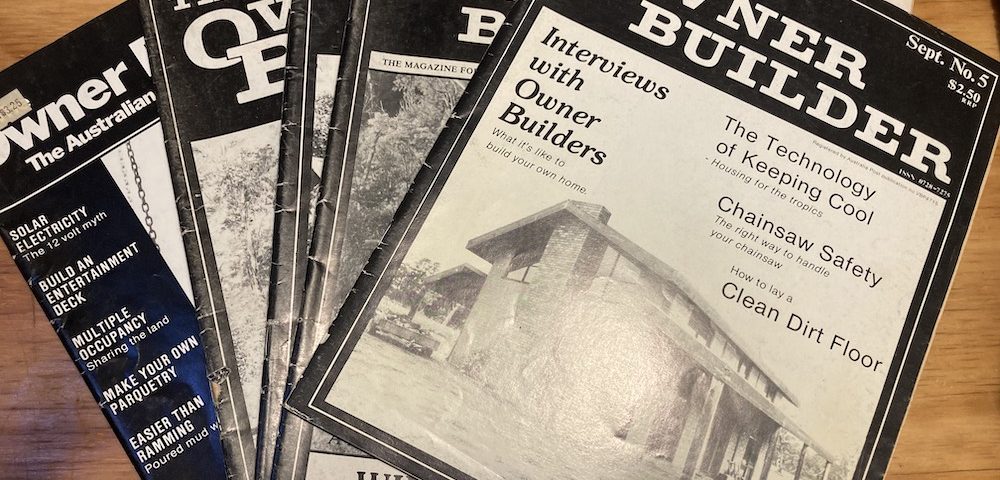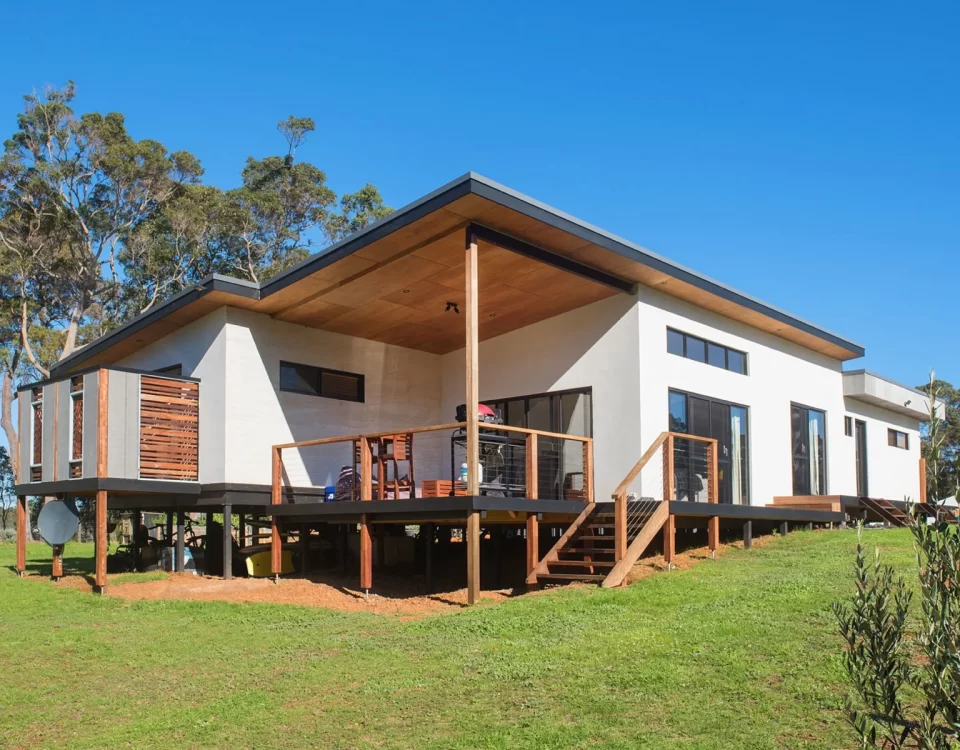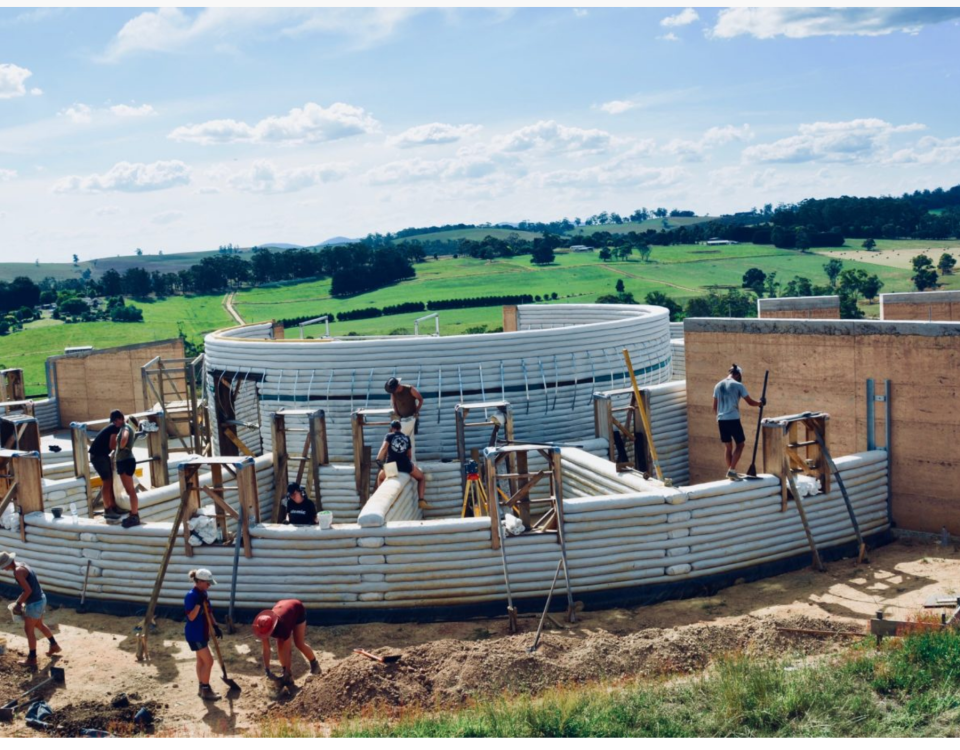
Introduction to Rammed Earth Building
03/09/2023
Hemp Investment Opportunity
13/09/2023Natural Building Conferences: Why aren’t we doing more of them?
If you pick up any old copy of The Owner Builder Magazine, Earth Garden or even old copies of permaculture, the original magazine devoted to all things green living, you’ll hear about conferences looking at natural building industry and ideas. These conferences were great places for industry people, mostly solo builders or small teams, could unite and discuss the issues facing the industry, how it could expand, and what kinds of issues the builders, draftspeople and others were finding as the building scene more broadly was changing and modernising.
The reason natural building has lost market share over the decades is a combination of increasing labour costs, a slowing market interested in owner building, and the restrictiveness of the BCA to recognise natural materials as equal, or in some cases superior, to conventional building materials and designs. The BCA is produced and maintained by the Australian Building Codes Board (ABCB) on behalf of the Australian Government and State and Territory Governments with the status of building regulations by all States and Territories. The goals of the BCA are to enable the achievement and maintenance of acceptable standards of structural sufficiency, safety (including safety from fire), health and amenity for the benefit of the community.
The first building regulations that had an impact on energy waste in the home came in to play in 1965 in the UK that introduced limits on the amount of energy that could be lost through certain elements of the fabric of new houses. At this point there was little awareness or discussion about sustainable development and sustainability within the context of the built environment but it was later defined as construction that created ‘a healthy built environment using resource-efficient, ecologically-based principles.’
But then the 90s happened, and the Building Code of Australia brought in energy efficiency rating systems and importantly, the dreaded R value for understanding and measuring insulation properties of walls. The efficiency of walls was an obvious area to be targeted since for many properties, the wall area represents the largest volume of the thermal envelope (the outside of the property where heat loss occurs from) therefore if you make that more efficient, it will have the largest impact on reducing energy bills and lowering energy demand.
In the context of construction, the R-value is a measure of how well a two-dimensional barrier, such as a layer of insulation, a window or a complete wall or ceiling, resists the conductive flow of heat. R-value is the temperature difference per unit of heat flux needed to sustain one unit of heat flux between the warmer surface and colder surface of a barrier under steady-state conditions.
When R-Values were introduced to measure and compare the effectiveness of walls (and what was inside) there was little research being undertaken on the existing natural buildings in Australia (since the Commonwealth experimental Building Station was wound down during the 1980s). Hence the most popular insulation materials had become plastic foams and mineral wool with only a small amount of natural materials being produced. There was also little room in the Building Code of Australia for earth walls to demonstrate equally effective insulative properties without having to use prefabrication.
By 2003 the BCA concluded the building-related sustainability issues were durability, energy, waste, climate change, adaptability, noise, indoor air quality, water, urban salinity, assessment tools and benchmarking. Materials form one part of the overall picture which includes planning, design, construction, operation, maintenance, demolition and disposal.
The issue of why natural materials are no longer given status within the BCA has long been debated by those working in the industry, but we need a more focused and united push from natural builders, designers and those who build with them regularly and we can only do this by coming together for a conference, or gathering.
Next year the Off Grid Living Festival will be hosting a zone dedicated to natural Building in Australia, and this could be the first in decades. Join up on the sign up page and come along.




